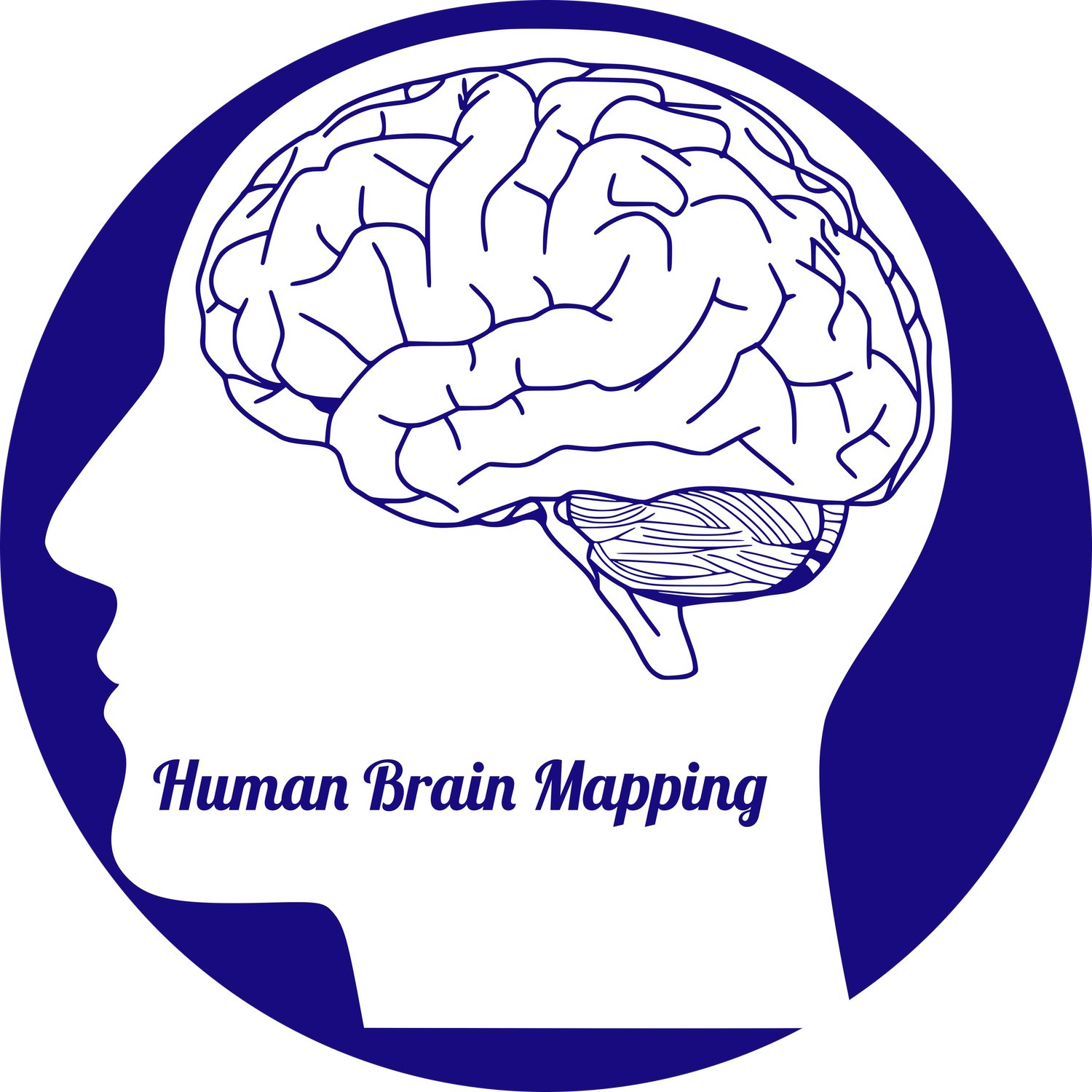Coming soon: Tongue as a Wire? Glossokinetic Artifact and Insights from Intracranial EEG [not a dipole as commonly taught]
Background: Glossokinetic artifact (GKA) is a well-known scalp EEG artifact characterized by deflections within the delta to low-theta frequency bands and dynamic polarity typically attributed to the direction of tongue movement. This study aims to investigate intracranial EEG (icEEG) correlations of scalp-GKA. If the tongue is a dipole, per the conventional view, then volume-conducted deflections are expected in the nearest frontal icEEG contacts.
Materials and Methods: We evaluated simultaneous scalp and intracranial EEG recordings in five consecutive medically resistant epilepsy patients at Yale Epilepsy Center in 2017 and 2018, who had classic GKA deflections on scalp EEG. The EEG was sampled at 2048 to 4096 Hz and analyzed visually, employing a reference placed in the diploic space or over the convexity, and confirmed quantitatively by a statistical framework. We analyzed ten GKA deflections per case.
Results: The medians of, age at the time of recording, contacts per case, and amplitude of scalp GKA deflections, were 35 years (range: 20–41), 171 contacts (range: 165–241 contacts), and 56 μV (range: 51–72) respectively. There were no slow discharges in the frontal icEEG contacts synchronized with the scalp GKA, either in the delta (1-3 Hz) or sub- delta (0.1-1 Hz) bands. However, the expected physiological attenuation of alpha and beta rhythms and the emergence of high-gamma activity were observed over the peri-Rolandic regions in the invasive recordings.
Conclusions: The traditional view of the tongue as a dipole-generator of scalp GKA is simplistic and does not account for the findings reported herein. The tongue most probably the education and the design of tongue-computer-interfaces.
Figure 1: A. Frontal ic-EEG activity time-locked to tongue movements - filter settings LFF 1 Hz HFF off. The red line marks the peak of the tongue movements. B. Glossokinetic artifact on scalp EEG and bipolar montage, red icons mark GKA deflections. C. ic-EEG correlate of tongue-movement-related high-gamma activation in the electrode space in case 3 - the size of the circles correlates with the normalized strength of gamma activation. D. Group-wise analysis of tongue movement-related normalized power gamma activity in all cases transposed to one-hemisphere for ease of visualization and co-registered with a normalized brain. E. Distribution of mean difference of power spectra in delta and sub-delta bands between tongue-movement and baseline epochs, none were statistically significant as confirmed as well with spectral statistical pixel-wise comparisons.
Figure 2: Schematic view of the solid angles, and distances between the tongue and ic-EEG and fronto po ar scalp EEG electrode. For simplicity, we used plane view of t the entire tongue assuming a practically constant surface area. Distances calculated toa tongue-mid-point. The mean distance to the tongue was r 132-47 ms > 417.18mm, andr” 154.0mm from: the invasive-frontal, scalp fronto-polar, and. all scalp electrodes showing OKA-deflections respectively. Further, the plane-angle was Q 0.44 radians, {’ 0.37 radians, and a 5.32 yadians in the same order. These comparable values do not account for the findings reported’ herein employing the common view of the tongue asa dipole even after factoring a conservative estimate of a decay ‘1 volume conduction through the skull.
Supp 2. Summary of conventional view (right) and proposed alternative (left). Ω represents solid angles as viewed from scalp and intracranially. P is the recorded potential according to the solid angle theorem.



